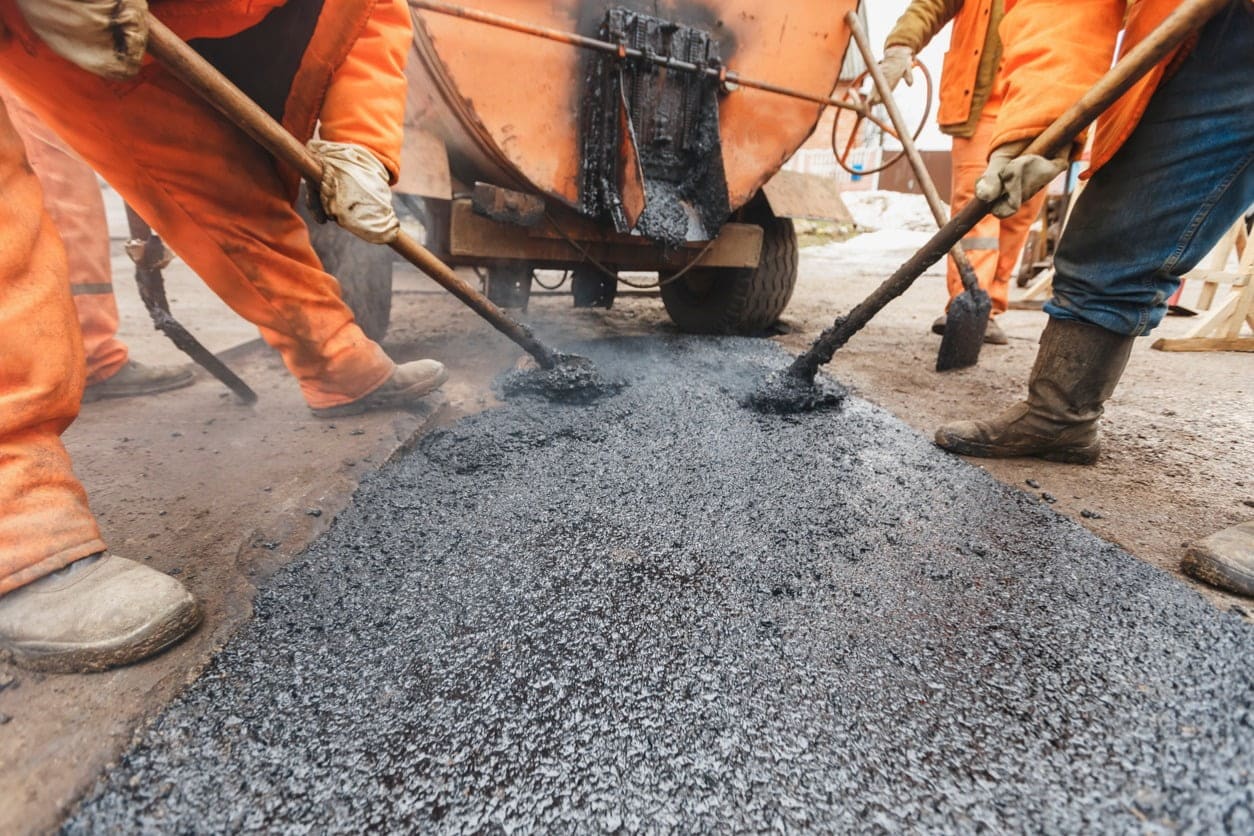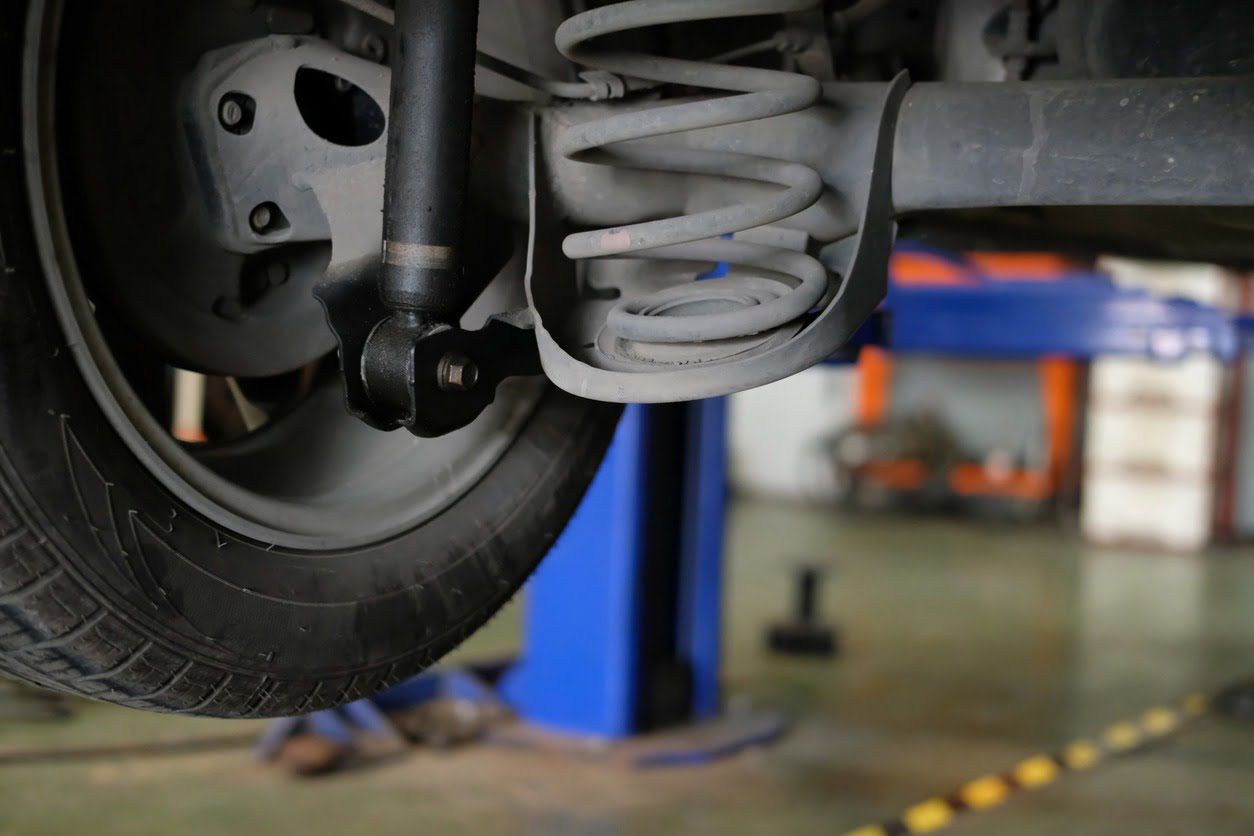Potholes have become a regular part of driving in the UK. With a 2019 report estimating that the one-off cost of repairing the country’s roads would be £9.79 billion it’s clear there’s a problem.
But just how big of a problem do potholes pose to your car, and how should you deal with potholes and keep you and your car safe?
Quick Links
- In Numbers: The State of Britain’s Roads in 2020
- Why Are Potholes Such a Big Problem for Motorists?
- What is My Local Council Doing About Potholes?
- How Do I Claim for Pothole Damage to My Car?
- What Damage Can Potholes Cause?
- How to Avoid Pothole Damage
In Numbers: The State of Britain’s Roads in 2020
You know that pothole you pass on your way to work? It’s one of millions plaguing the UK road network, and a tell-tale sign of the poor state of the country’s roads.
Why Are Potholes Such a Big Problem for Motorists?
Potholes are a bugbear for most drivers. Wherever you live, there will be some roads that are terrible to drive on and which could damage your car.
While around two million potholes are filled in each year, countless more are cropping up in their place; it’s an endless cycle of damage and repair. Until carriageways are resurfaced potholes will continue to appear.
Of course, not all potholes are wide or deep enough to damage your car, but they can make it difficult if you have to deal with a lot on your daily commute. The amount of damage caused by a pothole depends on your speed, the angle at which your car’s wheel hits the hole, and the severity of the hole itself. If you’re lucky it will cause little to no damage, but there are cases where it’s unavoidable.
The problem with potholes is that it’s getting harder for drivers to make successful claims for damage. Local councils have identified a loophole in the law which makes them exempt them from paying compensation in cases where the driver could have done more to avoid the pothole. That said, £26.7 million was spent settling claims in 2019.
What is My Local Council Doing About Potholes?
Local councils are strapped for cash when it comes to road maintenance, with a shortfall of £657 million across the network. But some local authorities are taking a more proactive approach to improving roads than others, with some councils fixing potholes within minutes of them being reported.

The 10 councils with the fastest pothole response times are:
- Flintshire
- Cumbria
- South Lanarkshire
- Harrow
- Slough
- Walsall
- Sheffield
- Rochdale
- Bracknell Forest
- Hartlepool
On average, the above local councils respond to potholes within an hour, but elsewhere, response times aren’t as impressive. For example, in York it can take 34 hours for the council to respond to the most serious potholes, while in Leicestershire the time rises to 72 hours.
If you’re interested in finding out how quickly your local council responds to potholes, take a look at this data from the RAC Foundation.
How Do I Claim for Pothole Damage to My Car?
Because councils pay pothole compensation claims out of the public coffers, you might have reservations about making a claim. In 2019, local authorities spent £26.7 million on pothole compensation claims, with taxpayers footing the bill.
However, you shouldn’t let this deter you from making a claim in cases where the council has failed to act on repairing a pothole. They have a duty to ensure that roads are maintained in a safe, usable condition, and you shouldn’t be left out of pocket in cases where negligence or lack of action have caused damage to your car.
If you want to make a pothole damage claim, follow these steps:
- Take photographs of the pothole if it’s safe to do so. This will help with your claim. Try photographing it from different angles, showing its size, depth and position on the road.
- Take photographs of any damage to your car immediately after the incident. If you leave it until you’ve got home, this will weaken your case as the council could claim you’ve picked up damage elsewhere.
- Gather evidence and intel. Did anyone see you hit the pothole? If so, try and get their name and contact details. Also, if it’s safe, measure the width and depth of the pothole at the time you hit it. Then write down exactly what happened and state why you were unable to avoid it.

Making a pothole compensation claim can be a long-winded process, but if you believe you’re in the right it’s worth carrying it through to the end. For more help and advice, including links to your local authority pothole claim page, read this guide on how to claim for pothole damage from MoneySavingExpert.com.
What Damage Can Potholes Cause?
Here, we take a look at the most common car damage caused by potholes.
Tyre and Wheel Damage
As the wheels are the only parts of the car that come in contact with the surface of the road, they take the full force of the blow from potholes. That’s why, in most cases of pothole-related damage, it’s the wheel and the tyre facing the brunt.
Common symptoms related to pothole damage include lumps in the tyre, cracked alloys, buckled wheels and tracking and balance issues. If you experience unusual vibration, road noise or handling issues after hitting a pothole, this could indicate tyre or wheel rim damage.
Suspension and Steering Issues
Although it’s much less common than tyre damage, potholes can cause issues with the suspension and steering of your car, particularly if you’ve struck a deep hole. If you hit a large pothole at speed you run the risk of breaking essential components on the underside of your car, including shock absorbers, dampers and even the stabiliser bar.
Look out for slight drifting, a rough, unsteady drive and uneven tyre-wear. If you feel any of these, take the car to your local mechanic.

How to Avoid Pothole Damage
You can’t always swerve to avoid potholes, but careful driving can help. Here are our top tips on how to avoid potholes and minimise damage.
- Watch the Road – Pay particular attention to puddles and surface water, as they can conceal holes and cracks.
- Stay Alert – Be aware of traffic around you in case you want to try and drive around a pothole.
- Watch Your Speed – The faster you’re going the more damage you’re likely to do.
- Grip the Steering Wheel Properly – If you’re aware of upcoming potholes, take a firm grip of the steering wheel in the 10 and 2 position.
- Drive Carefully Over a Pothole – If you know you’re going to hit a pothole, drive over it with your wheels straight, and let the car dip into the hole. Allowing the wheel to enter the hole will avoid unnecessary strain, and reduce the likelihood of damaging your tyres.
At Holts we aim to solve your driving problems, with easy-to-use maintenance and repair products to get you back on the road. To browse our range of tried-and-trusted products visit the homepage.


